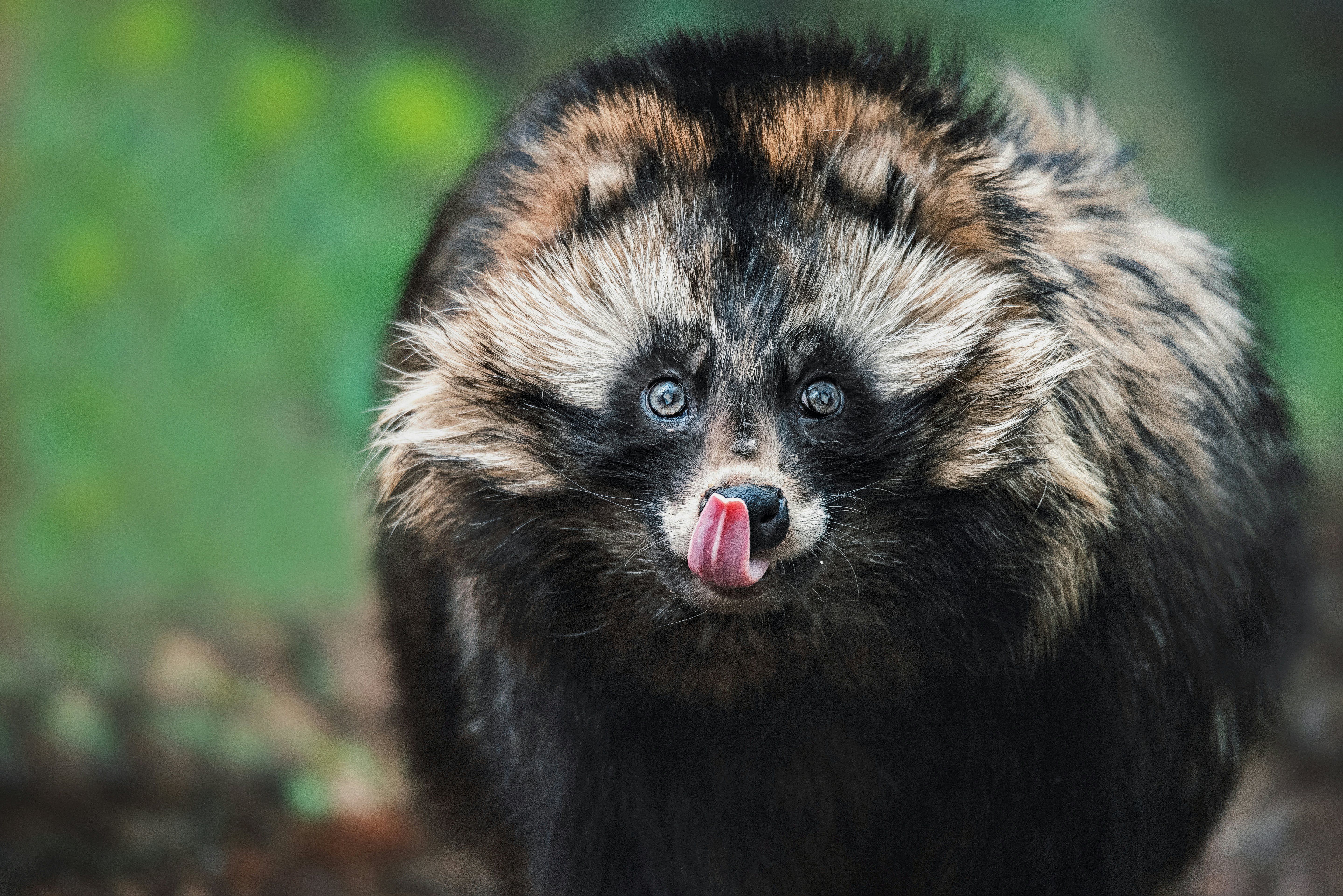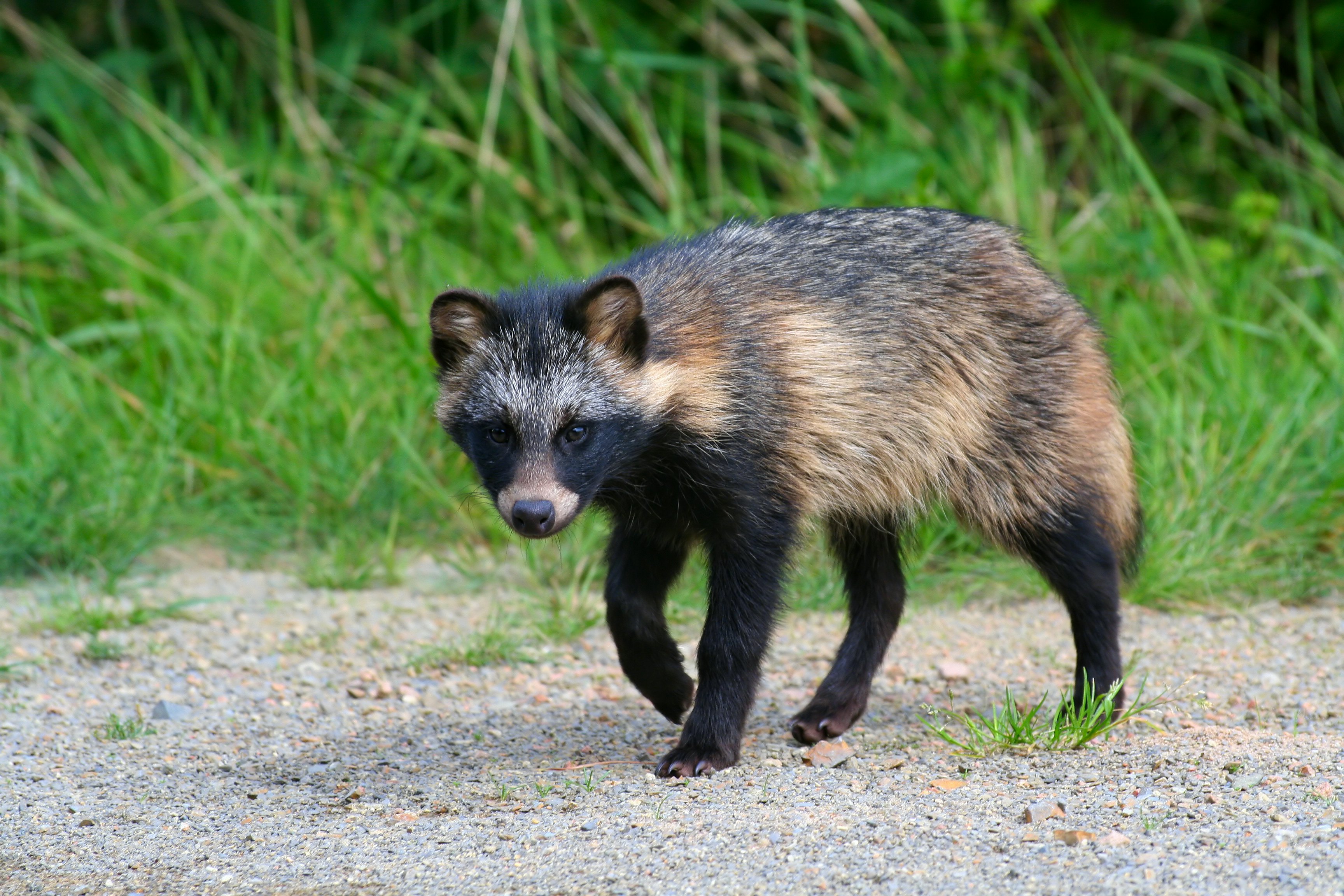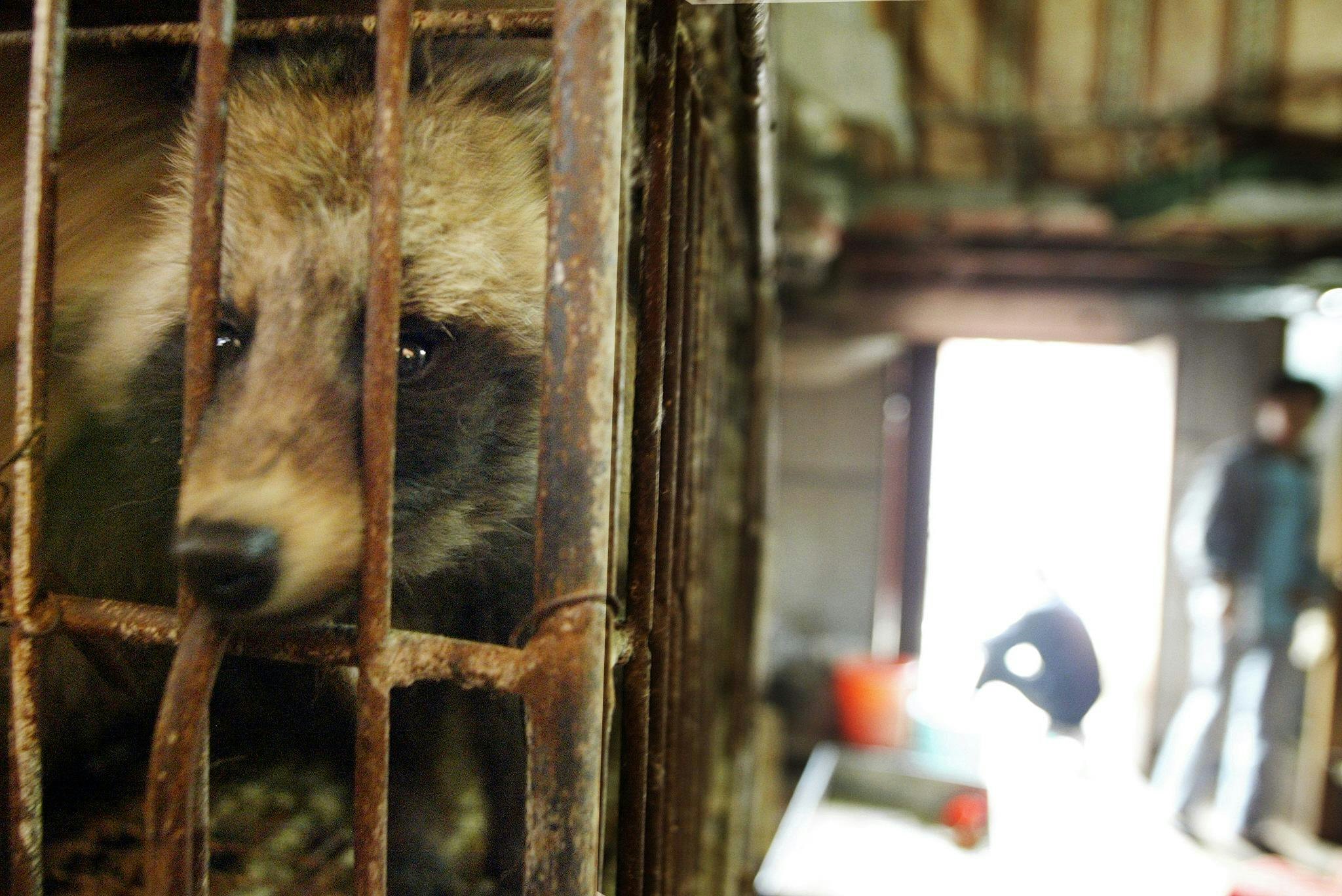
Three years into the Covid-19 pandemic and, while the virus’ pernicious grip on society has lessened, the debate on the origins of SARS-CoV-2 rages on. Was it a lab leak? Was it an animal in a wet market? We may never know, but last week, fresh fuel was lobbed on the fire. In an exclusive report, The Atlantic revealed there is new genetic data suggesting an animal origin for the virus. The data shows an animal known as a raccoon dog was likely present at Wuhan’s Huanan Seafood Wholesale Market in December 2019, and that they were being kept in conditions ripe for viral transmission.
The revelations give credence to the natural origins side of the debate. The wet market, considered the epicenter of the novel coronavirus by many on this side, had already been singled out by various scientific organizations and experts, including the World Health Organization. But despite once being dismissed as a fringe conspiracy theory, the lab leak theory has also gained new traction in recent weeks. This theory suggests Covid–19 may have escaped — accidentally or otherwise — from a lab in the central Chinese city of Wuhan, specifically the Wuhan Institute of Virology where scientists had been studying bat coronaviruses for over a decade. (China, for its part, maintains that SARS-CoV-2 came from outside China.)
The controversial idea gained popularity during the pandemic with recent polls conducted by Quinnipiac University and Economist/YouGov finding nearly two-thirds of Americans believing the virus came from a lab. These polls follow a recent report from the U.S. Department of Energy, which concluded, with “low confidence,” that an accidental lab leak is the most likely origin of the new coronavirus.
The opposing second view is the natural transmission theory: Covid-19 is an example of “zoonotic spillover” — a phenomenon where pathogens mutate and hop between animals and humans. This is the predominant pathway for emerging diseases and the cause of every viral pandemic since 1990, including HIV, influenza, and SARS (the forerunner to Covid-19). Racoon dogs are among the animals known to carry coronaviruses — and have also been linked to previous coronavirus outbreaks in China.
That’s why it is so intriguing to scientists that raccoon dogs were likely present in December 2019 at the wet market in Wuhan. There’s a good chance the raccoon dog (which looks much like the name suggests) may have been the initial viral host shedding coronavirus to other animals in the market. And even if it’s not the initial host, it may bring us closer to understanding the true origins of the Covid-19 pandemic — and how we might prevent the next one from emerging with such fury.
Here’s what you need to know about the new evidence.
The new data

Between January 1 (when the market was shut down) and March 2, 2020, China’s Center for Disease Control and Prevention reportedly sent a team of scientists to collect genetic samples from different locations within and around the wet market and the surrounding area.
In a preprint posted in February 2022 on Research Square, 73 environmental samples were reported as testing positive for SARS-CoV-2 (the virus behind Covid-19) and three live viruses were successfully isolated from the samples. But “no virus was detected in the animal swabs covering 18 species of animals in the market,” according to the paper. The Chinese CDC researchers suggested that it was highly likely infected humans ferried the virus into the market, rather than animals in the market giving the virus to humans.
But some of the same Chinese researchers appear to have uploaded contradictory genetic data in recent weeks to an open-access genomic database called GIASAID. The data first caught the attention of French evolutionary biologist Florence Débarre who alerted other scientists. They then downloaded and analyzed the genetic sequences, according to The Atlantic. The data since became unavailable for public download, The Atlantic later reported on Tuesday, March 21.
Using the data, an international scientific team, led by Kristian Andersen of Scripps Research Institute in California, Michael Worobey of Arizona State University, and Edward Holmes of the University of Sydney, discovered that many of the samples that were positive for SARS-CoV-2 are animal in origin. Much of that co-mingling DNA seemed to come from raccoon dogs, an animal that was being sold in the market prior to the 2019 outbreak (although raccoon dogs were not directly sampled, according to the reports).
“Our analysis of these data found that genetic evidence of multiple animal species was present in locations of the market where SARS-CoV-2 positive environmental samples had been collected. This includes raccoon dogs, which are susceptible to SARS-CoV-2 infection and shed sufficient virus to transmit to other species,” the researchers write in a March 20 paper detailing the results published online in a preprint server.
While the data resolves more finely the factors that likely birthed the pandemic — the confluence of a wet market and infected animals — there are still some unanswered questions. How exactly did the virus jump from raccoon dogs to humans? Were there other animal go-betweens, like civets known to be highly susceptible to SARS-CoV-2? And the negative environmental samples, which have not been made public — what do they tell us about what was happening at the market at day zero and prior?
Raccoon dogs and coronaviruses

Closely related to foxes, raccoon dogs originally hail from East Asia and are called raccoon dogs because their facial markings closely resemble that of the North American raccoon.
Raccoon dogs are two species classified as Nyctereutes viverrinus, the Japanese raccoon dog or tanuki, and Nyctereutes procyonoides, or common raccoon dog, which itself is further classified into four subspecies native to China, North and South Korea, Vietnam, and Russia. (Mario Kart fans may be familiar with “Tanooki Mario” aka Mario in a tanuki suit.)
Size-wise, the animals are on par with a large adult cat, weighing in at around 16 pounds on average. Much like raccoons, the raccoon dog is an omnivorous scavenger that hunts insects, rodents, and birds as well as nibbling on occasional fruits, nuts, and berries. Raccoon dogs are monogamous, and doting fathers: The males typically guard their young while the females are out foraging.
According to the European Union’s list of invasive species of concern, the raccoon dog is “a very important vector of rabies, parasitic worms, ticks, sarcoptic mange, and other parasites and diseases dangerous for native wildlife, as well as for humans.” This makes them a perfect intermediary host serving as an incubator, of a sort, to various diseases including coronaviruses.
A March 2022 study published in the journal Cell found that raccoon dogs can harbor canine coronaviruses, which demonstrate some similarities to human coronaviruses. During the 2003 SARS coronavirus outbreak, raccoon dogs and other animals like civets, beavers, and muntjac being sold at a live animal market in Guandong, China, were found to carry a coronavirus nearly identical to the SARS-CoV-1 (the virus behind SARS). In 2004, after a man tested positive for a novel strain of SARS-CoV-1, over 10,000 animals set to be sold at market, which included raccoon dogs, were culled to quell fears of another outbreak.
Again, it’s unclear from where the raccoon dogs at the wet market in Wuhan first picked up SARS-CoV-2. Bats are considered the primary reservoir for coronaviruses but birds have been found to carry some species of coronaviruses — the first ever coronavirus described in 1930 was found in poultry. Since caged birds have been sold at the market, and given the cramped, unhygienic conditions that lend to viruses being passed around easily, it’s not too far-fetched an idea that a raccoon dog could have gotten Covid-19, or an early form of it, from a bat or bird.
Raccoon dogs are eaten as food in some areas of the world, including China.
Where do we go from here?

The new data does not definitively prove that raccoon dogs passed the virus that causes Covid-19 to humans, but the WHO’s director-general Tedros Adhanom Ghebreyesus said in a news briefing on Friday, “every piece of data is important in moving us closer to that answer.”
At this point, maybe you are wondering: Why does an answer even matter? We’re three years into the Covid-19 pandemic, after all. Why care about its origins as much as caring about its prevention? The answer is this: Animals have been the source of every viral outbreak and most emerging diseases in humans for at least the last century. And in many cases, the animals were being kept in a situation far from their natural habitats for human consumption.
“It’s hard to think of a more effective way to ignite and fan the flames of an epidemic,” scientist Edward Holmes tells Science in a recent interview. “We keep allowing these things to flourish and it’s only a matter of time before we get another outbreak and perhaps another pandemic.”
By investigating how animals may have transferred Covid-19 to humans, we can also better understand and change the human practices and behaviors that lead to these transmissions — from live wildlife markets to unchecked human expansion into wild habitats.







